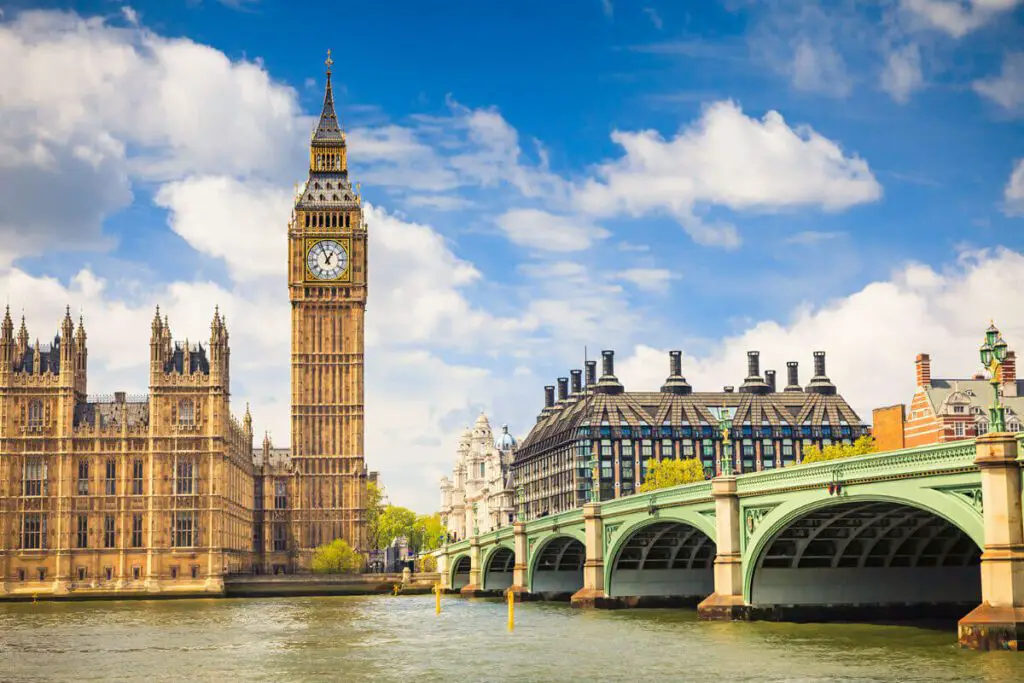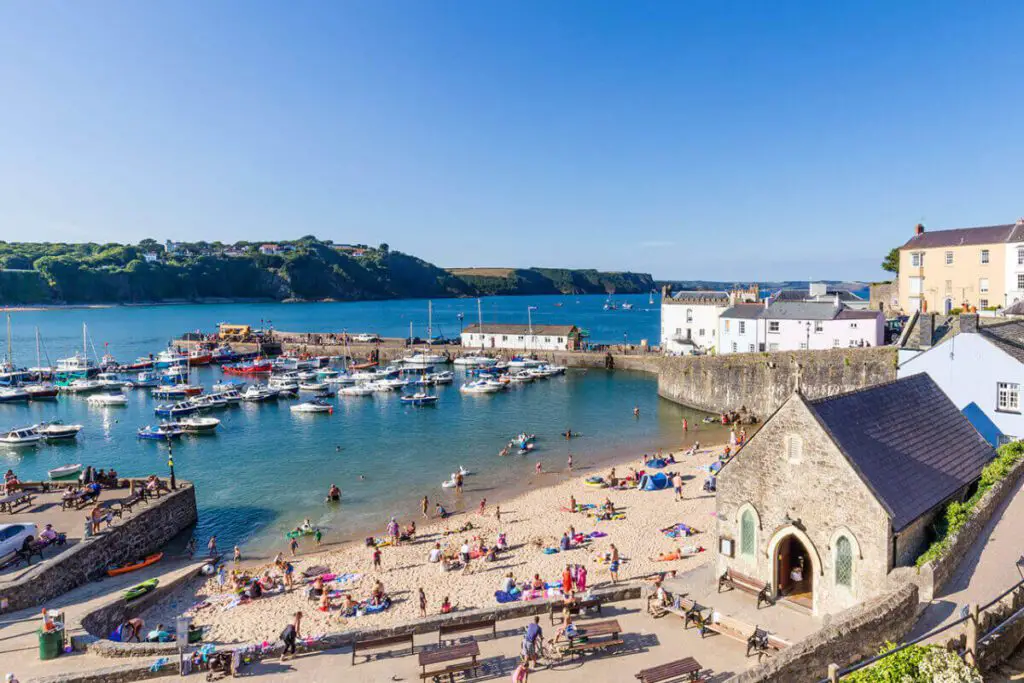If anyone travels to the United Kingdom, Great Britain,, or England, knowing the difference between them can be confusing. The terminology used to describe the nations and regions of the British Isles can be a maze of confusion to the uninitiated.
The terms “United Kingdom,” “Great Britain,” and “England” are often used interchangeably, leading to a misunderstanding of the nuanced differences that define these entities. Read on as we dissect these terms, clarifying the distinctive identities that coexist in this compact geographical space.
Table of Contents
- The United Kingdom: A Political Union Explained
- Great Britain: The Island Entity Within The United Kingdom
- England: A Country Within A Country. Explained
- The British Isles: A Collective Geographical Term
- Navigating Identities Within Great Britain
- Related Questions
The United Kingdom: A Political Union Explained
The term “United Kingdom” or “UK” refers to a political entity that comprises four constituent countries: England, Northern Ireland, Scotland, and Wales. The official title, “The United Kingdom of Great Britain and Northern Ireland,” was adopted following the union of the independent nations of England, Scotland, Wales, and Ireland under a single monarchy and parliamentary system.

This unification has its roots in a series of historical events, including the Acts of Union 1707, which combined England and Scotland into a single Kingdom of Great Britain, and the Acts of Union 1800, which added the Kingdom of Ireland to the mix.
Following the Irish Free State’s independence in 1922, the entity evolved into its present form, including Northern Ireland, while the rest of Ireland became independent.
Great Britain: The Island Entity Within The United Kingdom
“Great Britain” is a geographical term referring to the most significant island within the British Isles, hosting three of the four constituent countries of the UK: England, Scotland, and Wales. The “Great” in Great Britain was initially employed to distinguish it from Brittany (Little Britain) in France, not to assign it a status of superiority.

The topography of Great Britain is as diverse as the nations it comprises, ranging from the rugged Scottish Highlands and Welsh mountains to the low-lying and gently undulating landscapes of England. This island is also a hub of culture, history, and innovation, hosting bustling metropolises like London, Edinburgh, and Cardiff.
England: A Country Within A Country. Explained
England, the most populous of the nations within the UK, often gets mistaken for the entire UK or Great Britain due to its historical, political, and cultural prominence. This is partly attributable to England being the seat of the shared monarchy and parliament that governs the UK. London, the capital of England, is also the capital of the UK, further blurring these distinctions in many minds.

England, however, has its unique character, heritage, and even regional identities. From the world-heritage sites of Stonehenge and the Tower of London to the academic halls of Oxford and Cambridge, England offers a rich tapestry of history and culture.
Moreover, distinct regional cultures flourish within England, such as Cornwall, Yorkshire, or Cumbria, each with unique customs, accents, and traditions.
The British Isles: A Collective Geographical Term
Beyond the United Kingdom and Great Britain, we encounter another term: the British Isles. This is a purely geographical term and comprises over 6,000 islands, the most significant being Great Britain and Ireland.

The British Isles include the UK, the Republic of Ireland, and several smaller islands like the Isle of Wight, the Hebrides, the Shetland Islands, the Orkney Islands, the Isles of Scilly, and the Isle of Man (which is a self-governing British Crown dependency).
Navigating Identities Within Great Britain
Understanding the distinctions between the United Kingdom, Great Britain, and England is more than just grasping political and geographical facts; it’s about appreciating the complex identities, histories, and relationships.
Relationships Within The UK Explored
The nations within the UK – England, Scotland, Wales, and Northern Ireland – maintain a distinct identity and have developed individual governing bodies to deal with certain devolved matters. These devolved powers include education, health, and transportation, while others, like defense and foreign policy, remain under UK-wide jurisdiction.
Over time, these regional identities have grown stronger, leading to more prominent calls for greater autonomy and, in some cases, independence. Nevertheless, despite these political tensions, a shared history, cultural exchange, and collaboration have intricately woven these nations together.
The Importance Of Recognition Of Different Nations
Recognizing the different nations within the UK is not merely a matter of political correctness but a respect for these nations’ rich diversity. Wales, with its ancient language and vibrant festivals; Scotland, with its unique legal system and proud Gaelic and Highland traditions; and Northern Ireland, with its blend of Irish and British influences – all contribute to the rich tapestry of cultural, historical, and social diversity that makes up the UK.
Cultural Exchanges And Shared Heritage
Despite their distinct identities, the nations within the UK share a common cultural and historical heritage. English is widely spoken across the UK, though native languages like Welsh and Gaelic are still in use and are taught in schools.
Sporting events, like rugby and football matches, often bring the nations together in friendly rivalry.
The UK’s influence on literature, science, industrial development, democracy, and world exploration has been profound, and this rich heritage is shared across its nations. From the literary works of Shakespeare, Burns, and Yeats, to scientific advancements attributed to Newton, Maxwell, and Turing, to the global impact of the Industrial Revolution – these have all emerged from this group of islands and have shaped the world as we know it.
The United Kingdom, Great Britain, and England represent political, geographical, and cultural identities. Each term describes a different facet of a region that has made significant contributions to world history, politics, science, arts, and culture.
Understanding these distinctions allows us to appreciate the diversity and unity within the British Isles, a small region with a colossal global influence. As we navigate this area’s ever-evolving political and cultural dynamics, these identities continue to shape the region’s self-perception and how it engages with the rest of the world.
Each term in the United Kingdom, Great Britain, and England paints a unique aspect of this complex and fascinating tapestry. The interplay of these identities continues to shape its rich history, vibrant present, and promising future.
At A Bus On A Dusty Road, we talk about everything about travel, life, and ex-pat living. We are all about “Living Life As A Global Citizen.” We explore social, cultural, and economic issues and travel.
We would love to have you be part of our community. Sign up for our newsletter to keep up-to-date by clicking here. If you have any questions, you can contact me, Anita, by clicking here.
Listen to our Podcast called Dusty Roads. You can find it on all major podcast platforms. Try out listening to one of our podcasts by clicking here.
Subscribe to our A Bus On A Dusty Road YouTube Channel filled with great videos and information by clicking here.
Related Questions
What Makes Istanbul So Special?
As a transcontinental city, it is simple, unique, and memorable. It is also an ancient city home to the Roman empire and, in fact, over four to three other empires. For a long time, the ottoman empire controlled Istanbul as it was at the center of the arts. It’s simple as a city with a fantastic skyline that offers anyone visiting a lot of great things to do.
You can learn more by reading What Makes Istanbul So Special? by clicking here.
Why Was Constantinople Renamed To Istanbul?
The city of Constantinople was officially renamed Istanbul in the 1930s. Before this time, many people used the name Istanbul, but only part of the city was within the old city walls. Constantinople was named after the Roman Emperor Constantine, credited with bringing Christianity to the Roman Empire.
To learn more, you can read our blog on Why Was Constantinople Renamed To Istanbul? by clicking here.
Is Istanbul In Europe Or Asia?
Istanbul has the famous Bosphorus Strait used as the dividing line between Europe and Asia. The city is divided almost right down the middle between the European and Asia Continents, so Istanbul sits between two continents. Many consider Istanbul a transcontinental city that is straddled on two different continents.
To learn more, you can read our blog on Is Istanbul In Europe Or Asia? by clicking here.

